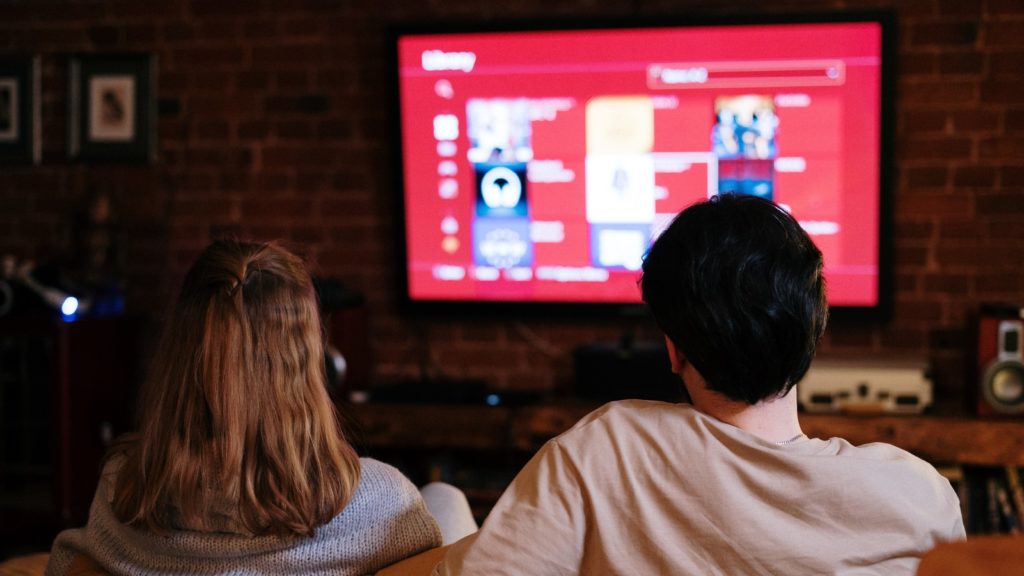
Mathieu Planche, CEO at Witbe
Viewers today have more on-demand content available to watch than ever before, and more ways to watch it as well. In the past, families crowded around a television to watch whatever was on. Now, if someone wants to enjoy a movie on Netflix, they can do so on their laptop, phone, tablet, gaming console, traditional set-top box (STB), or an OTT device, like Apple TV, Amazon Fire Stick, or Google Chromecast.

Yet the television still remains an important part of viewing experiences today. Smart TVs that connect to the internet and allow users to watch streaming apps are overtaking traditional TVs. Hub Entertainment Research Group reported in April 2023 that 204 million American households now own a Smart TV, breaking the 200 million threshold for the first time ever. The study found that eight out of every 10 TV-owning households own a Smart TV specifically.
Smart TVs eliminate the need to connect a STB or OTT device to stream content, even though there may be user benefits to doing so. The simplest tech solution is often the one that users will choose. If a Netflix app is available to watch directly on their television, most users will opt for watching that instead of connecting a different device to their Smart TV just to achieve the same result. However, Smart TVs can introduce a few challenges to video streaming.
Challenges of Streaming Apps on Smart TVs
For video service providers, Smart TV apps pose a unique challenge. Since they are so immediately accessible for viewers, they are bound to be popular. Users expect the same performance and experience they’ve grown used to on mobile platforms and STBs. With a wealth of content available, if one app crashes or delivers poor performance, viewers are quick to switch to a competitor’s app instead.

Complicating things, video service providers cannot control the platform or device their Smart TV app is hosted on. Most Smart TVs feature their own unique operating system, meaning an app has to be developed to work specifically on each Smart TV.
Developing a capable Smart TV app is only the beginning. Smart TV manufacturers can and will push a new update at any time without giving video service providers a heads up. Smart TV apps may react differently to the new build than the previous one they were optimized for. Video service providers need to approach this challenge with constant monitoring and an ability to roll with the punches.
Another common issue with streaming content on Smart TVs is ensuring that content is properly indexed. When video service providers release a new show, is that show immediately searchable from the main Smart TV menu? Will the search results direct users to watch it on their service or a competitor’s? Does voice control search, a common feature in Smart TVs, yield the same results?
Indexing is an issue that impacts third-party content providers whose assets are available on other streaming services, as well as video service providers. Third-party content providers should check if their content is being delivered properly to these Smart TV apps, and then being indexed into the TV OS correctly. The performance of the services hosting their content reflects back on their brand reputation. As always, verification is key.
Why Testing and Monitoring is Critical
The only way to ensure strong performance for apps on Smart TVs is through testing and monitoring. With Smart TVs, video service providers should be monitoring their own app’s performance, the performance of other popular third-party apps, and how all their content is being integrated and indexed in the OS. This will ensure a functional ecosystem where the app can be properly received by viewers at home.

Measuring the quality of experience (QoE) that viewers receive on their Smart TV is essential for delivering consistently strong performance. In order to understand their true QoE, video service providers should be testing and monitoring on the same Smart TVs that users are watching apps on. In order to monitor the app performance that users are experiencing, the same devices and networks must be tested and monitored directly.
Of course, this is a tall order to achieve manually. Most testing teams don’t have the workforce to continually monitor performance 24 hours every single day, or search for every single content asset on the Smart TV OS and verify the results. When you consider that most Smart TVs require their own unique apps that need testing, and that each of those app builds will need to be tested again with every new OS update, it’s clear that some technological assistance is required.
This is why reliable test automation is essential for video service providers. It’s the most effective way to test and monitor app performance across updates, to verify that content is accessible through the TV OS, and to respond immediately when service errors occur. Automated testing and proactive monitoring are the best solutions to help video service providers understand their true QoE on Smart TVs.
Conclusion
For many viewers, the best way to watch their favorite content on a big screen is whichever way requires the least set-up. Despite all the features and effort put into OTT devices, plenty of users are happy just to watch the app already included on their Smart TV. Video service providers can deliver a superior QoE and fully integrated content by embracing automated testing and proactive monitoring. Since Smart TVs are the industry standard, investing in app performance is essential — and reliability and efficiency should be the ultimate goal.









